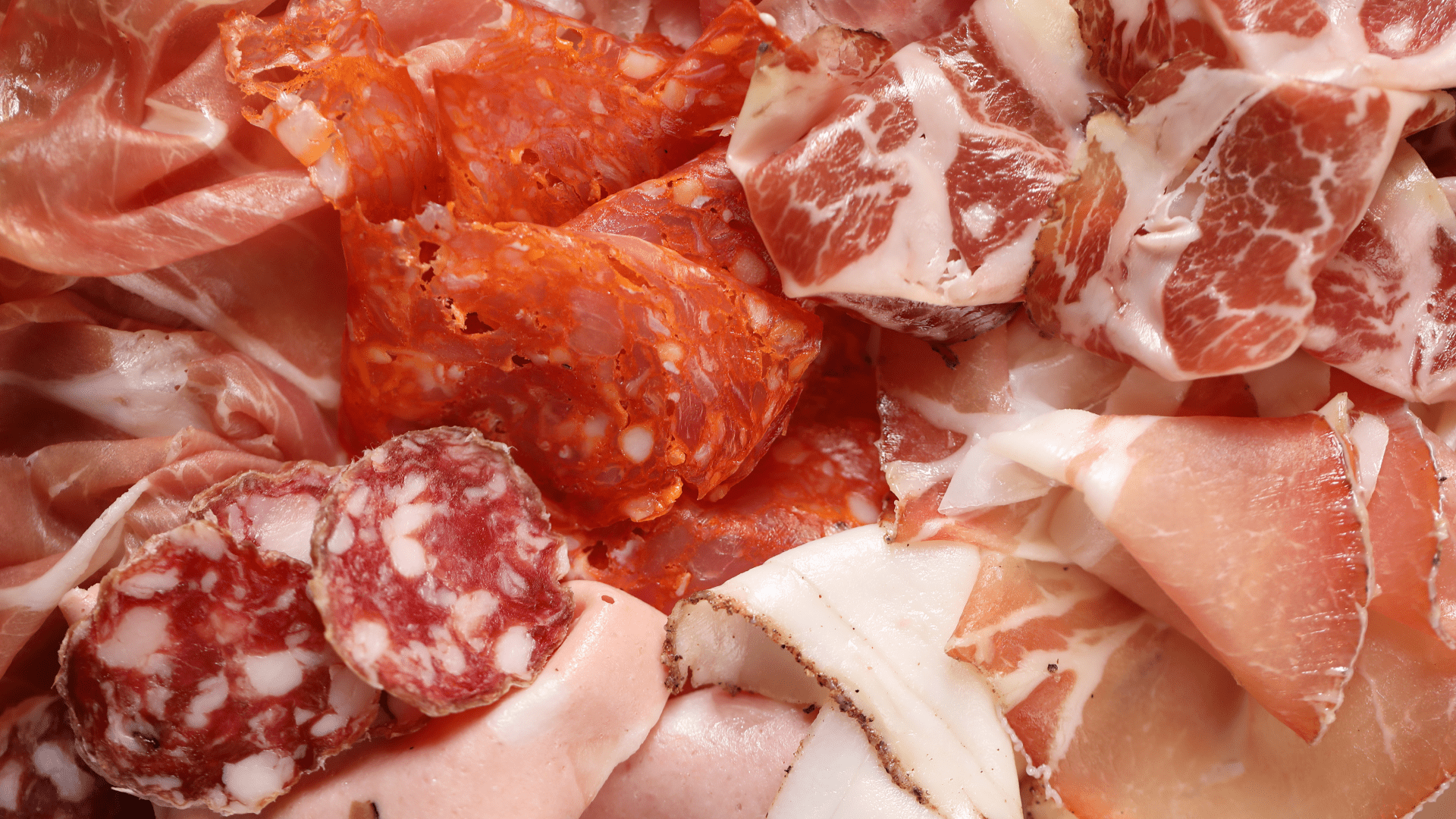Bakanae, caused by the hemibiotrophic fungus Fusarium fujikuroi, is one of the most important diseases of rice and is attributed to up to 75% of losses, depending on the strain and environmental conditions. Some strains cause elongation and thin leaves, whereas others induce stunting and chlorotic seedlings. Differences in symptoms are attributed to genetic differences in the strains. F. fujikuroi strains Augusto2, CSV1, and I1.3 were sequenced with Illumina MiSeq, and pathogenicity trials were conducted on rice cultivar Galileo, which is susceptible to bakanae. By performing gene prediction, single nucleotide polymorphism (SNP) calling, and structural variant analysis with a reference genome, we show how an extremely limited number of polymorphisms in genes not commonly associated with bakanae disease can cause strong differences in phenotype. CSV1 and Augusto2 were particularly close, with only 21,887 SNPs between them, but they differed in virulence, reaction to temperature, induced symptoms, colony morphology and color, growth speed, fumonisin, and gibberellin production. Genes potentially involved in the shift in phenotype were identified. Furthermore, we show how temperature variation may result in different symptoms even in rice plants inoculated with the same F. fujikuroi strain. Moreover, all of the F. fujikuroi strains became more virulent at higher temperatures. Significant differences were likewise observed in gibberellic acid production and in the expression of both fungal and plant gibberellin biosynthetic genes.


